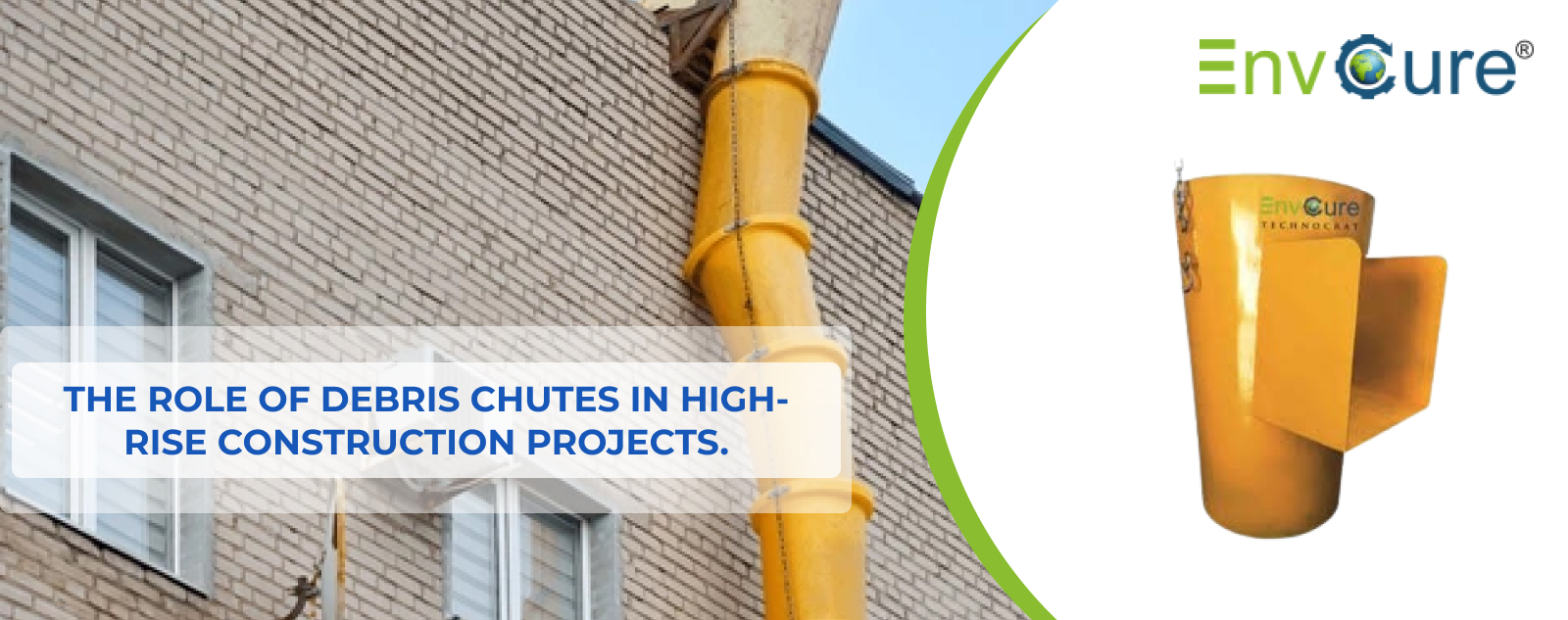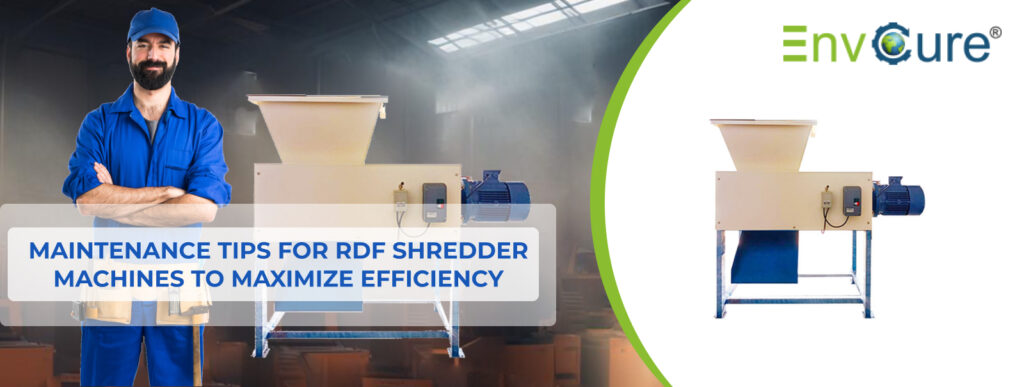The construction industry, especially in the context of high-rise buildings, presents unique challenges when it comes to managing waste and ensuring worker safety. In this article, we explore how debris chutes, also known as construction waste chutes, are transforming the way waste is handled in these projects, making construction sites safer and more efficient.
The Challenge of Waste Management in High-Rises
Imagine a high-rise construction site, where workers are working hundreds of feet above the ground. As they work, they generate a significant amount of waste, from concrete chunks to metal scraps and everything in between.
The traditional method of waste disposal involves workers manually carrying or throwing debris over the side, which not only poses safety risks but also leads to environmental concerns.
Safety Hazards:
- Injury Risks: Workers below are at constant risk of being hit by falling debris, which can cause serious injuries or even fatalities.
- Air Pollution: When debris is thrown from great heights, it can create a cloud of dust and particles, leading to poor air quality and potential health issues for workers and nearby residents.
- Inefficiency: Collecting and disposing of scattered debris is time-consuming and inefficient, delaying construction progress.
How Debris Chutes Work
Construction chutes are typically designed as vertical tubes or shafts installed within the structure of the building. They are strategically placed to be easily accessible from various floors, allowing workers to dispose of waste quickly and conveniently. Here’s a simplified breakdown of their operation:
- Debris Collection: Workers place waste into the chute at designated points on each floor.
- Transportation: The debris travels down the chute, often aided by gravity, until it reaches the bottom.
- Collection Point: At the base of the chute, a collection area is set up to gather the waste. This area is designed to be easily accessible for removal and disposal.
Serving Construction Site Requirements
Construction chutes are not one-size-fits-all; they can be customized to meet the specific demands of various construction projects. Here’s how these systems adapt to different site requirements:
Size and Capacity:
- Project Scale: Construction waste chutes can be designed with different diameters and lengths to accommodate the volume and type of waste generated on a particular construction site. Larger projects may require wider chutes to handle increased waste.
- Waste Type: Consider the nature of waste being disposed of. For example, heavy-duty chutes may be necessary for sites dealing with large, bulky debris, while standard chutes can handle general construction waste.
While discussing the efficiency of Construction chutes in managing construction waste, it’s interesting to note how similar systems, like laundry chutes, play an important role in hotel services. Discover how laundry chutes enhance hotel housekeeping efficiency and guest satisfaction. Learn more about their role here.
Installation and Maintenance of Debris Chutes
Installation Process:
- Site Assessment: Begin by evaluating the construction site’s layout and structural design. Determine the optimal locations for debris chutes placement, considering access points and waste generation areas.
- Structural Integration: Construction chutes can be integrated into the building’s structure during the early stages of construction or retrofitted to existing buildings. Ensure that the chutes are securely attached and aligned with the building’s design.
- Safety Measures: Prioritize worker safety during installation. Use appropriate safety gear and follow protocols to prevent accidents. Ensure the chute is securely fastened and does not obstruct other construction activities.
- Professional Expertise: Engage experienced professionals or consult with Construction waste chute manufacturers like EnvCure for guidance on proper installation techniques. Their expertise ensures the system is set up correctly and efficiently.
Maintenance for Optimal Performance:
- Regular Cleaning: Construction chutes should be cleaned regularly to prevent the buildup of waste material, which can cause blockages and hinder performance. Schedule periodic cleaning to maintain a smooth flow of waste.
- Inspections: Conduct routine inspections to identify any signs of wear and tear, corrosion, or damage. Check for loose fittings and ensure all components are secure. Regular inspections can help catch potential issues early on.
- Repairs and Replacements: In case of damage or normal wear, repair or replace parts promptly. Keep a stock of essential spare parts to minimize downtime. Regular maintenance extends the chute’s lifespan and ensures its reliability.
- Training and Documentation: Provide training to workers on basic maintenance tasks and the importance of keeping the chute clear of obstructions. Maintain records of maintenance activities for future reference.
Benefits of Using Construction Waste in High-Rise Projects
- Improved Safety Standards: With debris chutes, construction companies can significantly enhance their safety protocols, reducing the likelihood of accidents and injuries related to waste disposal.
- Environmental Compliance: These chutes help construction sites adhere to environmental regulations by minimizing air pollution and properly managing waste.
- Increased Efficiency: The streamlined waste management process speeds up construction, allowing projects to be completed ahead of schedule.
- Cost-Effectiveness: By saving time and reducing labor costs, Construction waste contributes to the overall cost-efficiency of construction projects.
Similarly, the use of garbage chutes in residential high-rises addresses waste management challenges similar to those faced in high-rise construction. . To understand more about why garbage chutes are crucial in modern apartment settings, learn about their importance here.
Conclusion: EnvCure’s Commitment to Sustainable Solutions
At EnvCure Technocrat LLP, we believe in creating a sustainable future through innovative waste management solutions. Our debris chutes are designed with a deep understanding of the challenges faced by the construction industry, offering a practical and efficient approach to waste disposal. By prioritizing safety, environmental responsibility, and efficiency, we aim to make a positive impact on construction projects and the environment.
Frequently Asked Questions:
Q.1. What is a debris chute and how does it work?
Ans. A debris chute is a vertical pipe used to safely and efficiently transport waste and debris from higher levels of a building or construction site to a designated disposal area. It is installed from elevated floors or scaffolding and directs debris downward, minimizing manual handling and improving safety.
Q.2. Are there any safety considerations when using a debris chute?
Ans. Yes, safety is crucial. Ensure the chute is securely attached and free of obstructions. Use protective barriers to prevent debris from falling outside the chute. Regularly inspect the chute for wear and tear and follow proper loading procedures to avoid overloading or blockages.
Q.3. Can debris chutes be used for all types of waste?
Ans. Debris chutes are versatile but are primarily designed for construction chute and demolition waste. They can handle various materials, such as concrete, wood, and metal, but it’s important to check the chute’s specifications to ensure it can handle the type and weight of the debris you’re disposing of.






